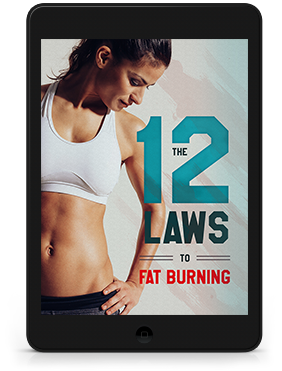The transition from being sedentary to active is a physiological marvel. Whether new to exercise or an elite athlete, the process our bodies undergo in the first few minutes is the same, and a warm up is essential.
Why Do I feel So Out of Breath?
If the first 10 minutes of your workout feel the hardest, you’re not alone.
That feeling of early fatigue during exercise is normal, and even happens to highly trained athletes. So don’t feel disheartened, use this knowledge as a reminder of the importance of the warm up, and remember what’s happening in your body during the first few minutes of exercise.
The physiological changes that allow you to maintain steady-state exercise occur during almost any exercise, but that heavy sensation of fatigue and breathlessness is most commonly noticed during running, cycling, stair climbing, swimming and other high-intensity, full-body endurance exercise. The sensation is caused by the body’s lag time in delivering adequate fuel to the working muscles.
Our bodies have an amazing ability to adapt when going from resting to action which is controlled by complex chemical and hormonal pathways. Suddenly, muscles are screaming out for oxygen, and it feels very unpleasant, but it triggers the very mechanisms that reverse it. The heart pumps faster and more forcefully to increase blood volume, circulating oxygen and nutrients throughout the body. Breathing increases to draw in as much oxygen as possible but, before you know it, the transition occurs, and you feel as though you can keep going at a steady pace.
While some people may find this initial burning, and fatigue a major deterrent to exercise, keep in mind that when you make it through this initial phase, your body will adapt to a steady state, and be able to keep up with the oxygen demand. You will need to adjust your pace to an appropriate level based on your physical conditioning, but whether you’re running a marathon or out for a brisk walk, you’ll find a steady pace that you can maintain for quite some time before you run out of energy.
The Benefits of a Gradual Warm Up
A warm up is essential for a variety of reasons, particularly for injury prevention, but easing into any intense cardio exercise is far more comfortable and enjoyable if you don’t feel like you are wiped out before you’ve begun. By starting your workout at a comfortable pace and gradually adding speed or intensity during the first 5 to 10 minutes, you will avoid the early discomfort of oxygen debt and the rest of your workout may feel much more effective.
Although these temporary physiological changes occur in anyone at the start of a workout, regular exercise makes the transition happen faster and more seamlessly. And that’s not the only good news: Long-term physical changes, or adaptations, also occur in the bodies of regular exercisers. The heart muscle becomes stronger and able to pump more blood with each contraction, which results in a lower heart rate. Lung capacity and oxygen transfer also increase. Blood vessels become wider and more elastic, blood pressure decreases and new capillaries form. All of these changes lead to many long-term health benefits from regular exercise.
The Importance of Pushing Through
So, the next time you start exercising and feel the initial discomfort, think about what’s happening in your body, breathe deeply, slow down if you need to but keep going. Use the first 10 minutes of your workout as a warm up, and then begin to ramp up the pace.
With this newfound understanding of the physiology of a warm up, you may find that you start looking forward to your workout rather than dreading it.


